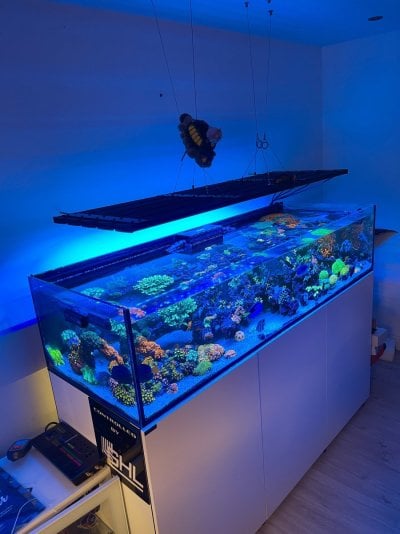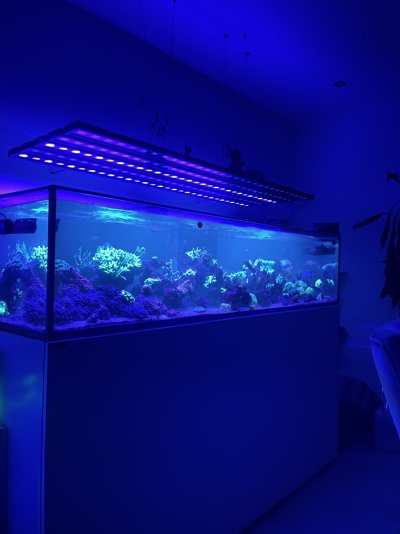As to your arguments, I know all of this. I've had a reef tank with stony corals continuously since 1994 and am a voracious reader. I've ran every light source ever made for the hobby and understood how it worked and what were its benefits and limitations. I now run radions, quanta strips and AI blades.
Based on your statement above having run "every light source ever made for the hobby" (which to me sounds like a fishing tale) it sounds like you have all of the information. Why are you here asking for more?
Edit: I will say that I do agree with your point about how we communicate. Here it is a bit tongue and cheek but other threads it is a bit agro. Hope your day is well.















